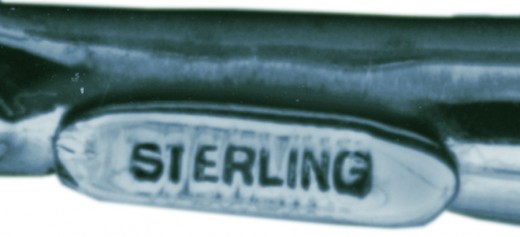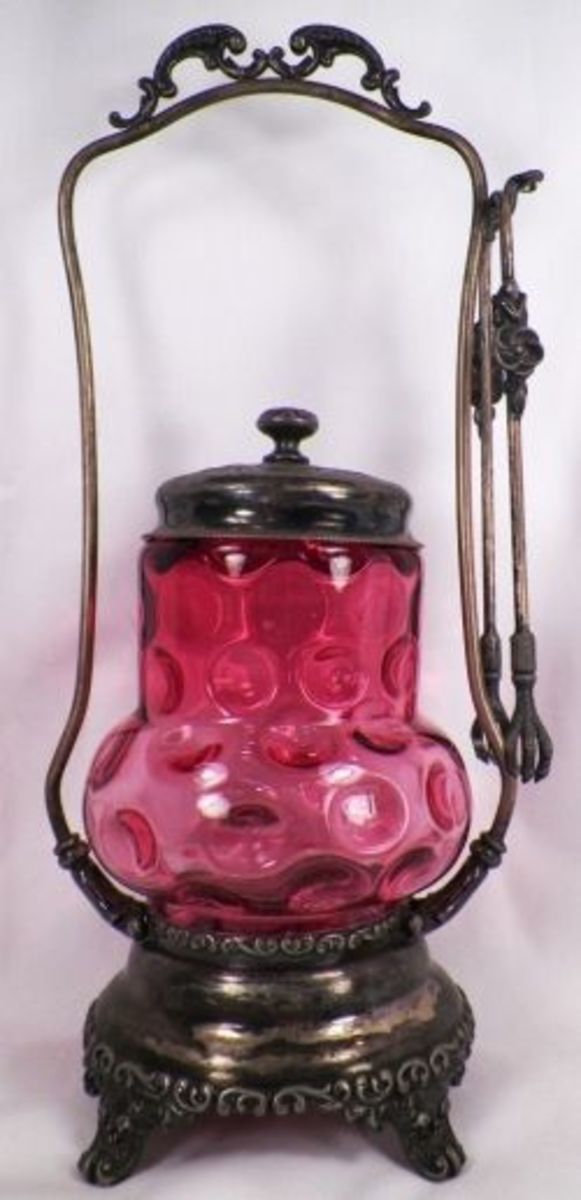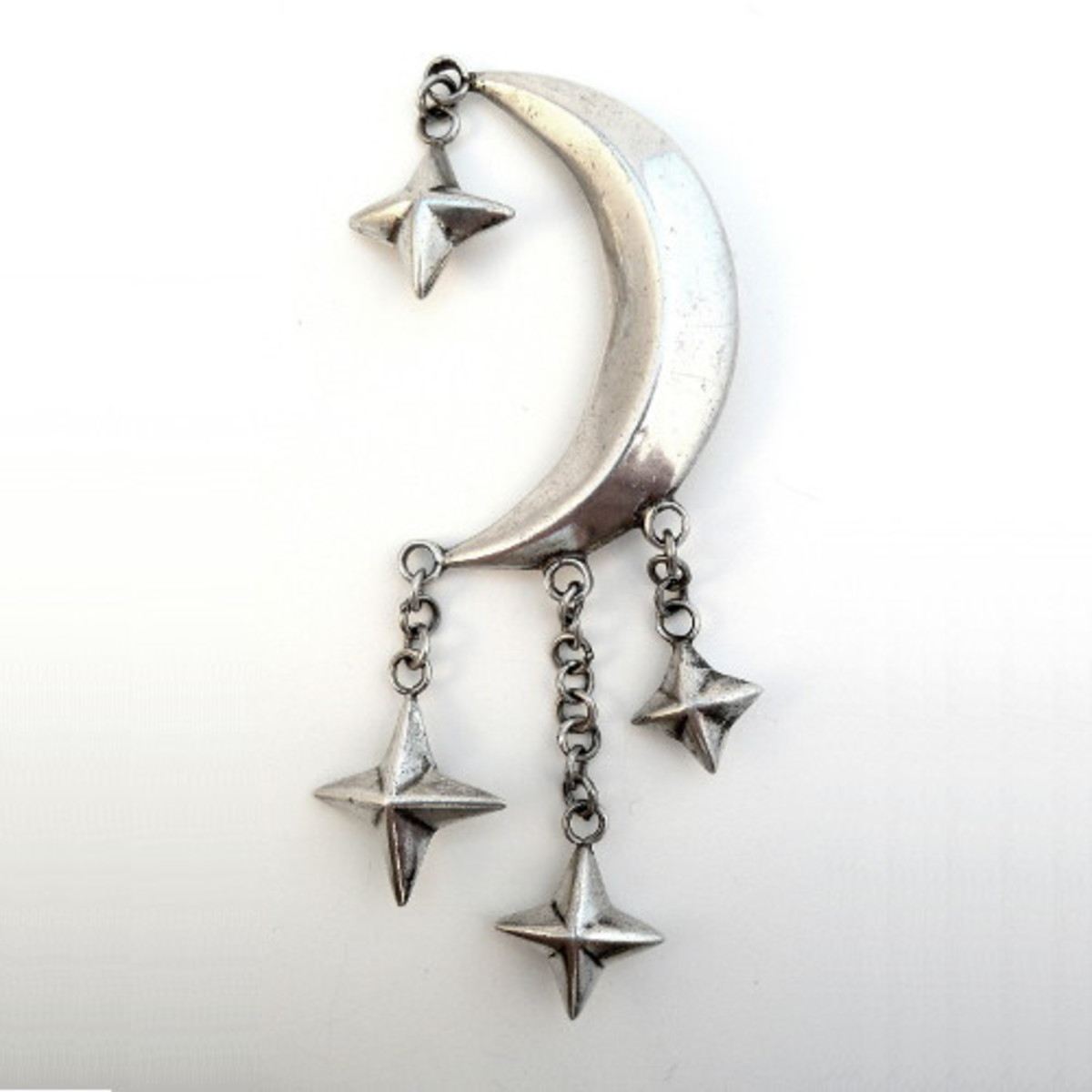Deciphering Confusing Marks on New Silver

Nations have regulated marks on precious metals since ancient times. The most important of these marks is the standard mark which guarantees the ratio of precious metal to non-precious metal.
In the mid-1860s, America established a ratio of 925 parts silver for every 1000 parts of material or 925/1000. American silver that met this ratio were identified by the marks sterling or sterling silver which were used by collectors as a means of identification.
That all changed in the 1970s when most nations adopted 925/1000 as an international silver standard and 925 became an international standard mark. But America, which signed on to 925 as an international standard, also continued to accept sterling in silver marks. The result? Since 1999, the vast majority of silver reproductions sold in the American market are marked both 925 and sterling. Collectors, seeing sterling marked on reproductions, incorrectly assume they are vintage American-made products.
Collectors need to keep in mind that only very rarely are qualifying pieces of pre-1940 American sterling silver marked only 925. Rarer still, are authentic pre-1940 American marks which include sterling and 925 together. While this doesn’t guarantee all pieces marked sterling only or sterling silver only are old, it is an established fact virtually all pieces marked only 925 or sterling and 925 have been made since the late 1970s at the earliest.
Similarly, the presence of an American silver manufacturer’s trademark or trade name in a mark that includes sterling is usually a strong indication, but not a guarantee, a piece is old. Trademarks and look-alike copies of trademarks of American silver makers are commonly used on current silver reproductions.
By Mark Chervenka for Ruby Lane








